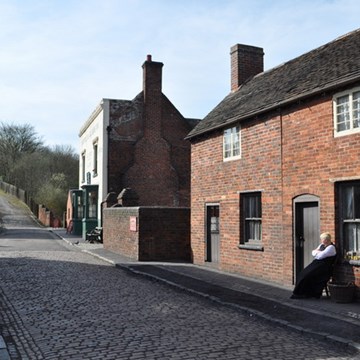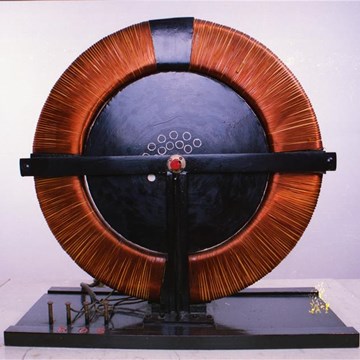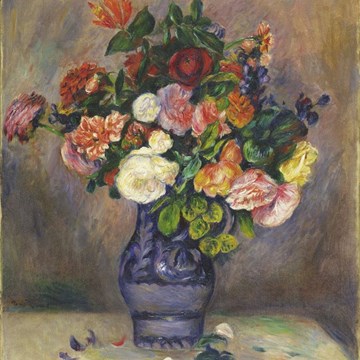Museum of Fine Arts
Szépművészeti Múzeum
The millenary session of the Hungarian Parliament in 1896 passed a law whereby art collections previously held in different institutions were to be unified and placed in the newly-established Museum of Fine Arts.
On the basis of a competitive tender, Albert Schickedanz and Fülöp Herzog were commissioned to design and construct the building, which opened in 1906. The gallery displaying original paintings was placed in the first floor halls of the neo-classical building; however, only plaster casts were available to illustrate a complete history of European sculpture. It was for these life-size copy sculptures that the Doric, Ionic, Romanesque, Renaissance and Baroque halls on the ground floor were designed, imitating the styles of individual periods of art history. However, as the number of original works increased, so the plaster sculptures were forced out of the building (the only one remaining, a copy of the group in the pediment of the temple of Zeus at Olympia, can be seen on the tympanum above the Museum's main entrance), and the ground floor galleries are now also used to display original works of art. On the ground floor are the exhibitions of the Classical Antiquities and of 19th century paintings and sculptures; the Renaissance hall, where in addition to Renaissance frescoes and fountains items from the Sculpture Collection may be seen; the Prints and Drawings Gallery with temporary exhibitions; and the Marble and Baroque halls.
Due to the continuous renovation work on the building, individual permanent exhibitions of the Old Masters' Gallery may temporarily be moved.
Exhibitions and events

Old Master Paintings
Permanent exhibitionFrom our largest collection, the collection of Italian pictures, currently the Late Middle Ages, hallmarked by the works of Giotto and Duccio, as well as the Tuscan Early Renaissance, including the...

Egyptian Art
Permanent exhibitionThe permanent exhibition currently on view is third in the series of exhibitions that have provided visitors with an overview of the ancient culture of the Nile Valley, since the foundation of the...

Classical Antiquities
Permanent exhibitionIt displays nearly a thousand works of art from Classical Antiquities in five halls, and presents such world-famous pieces as the Greek Figure of a Maiden, known everywhere as the "Budapest dancer",...
Educational programs
We don't have anything to show you here.










